Health & medical
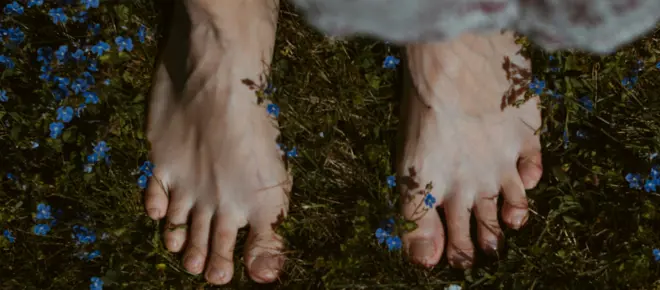
- Health & medical
- Innovation Watch
Thermal scanner aims to reduce amputation risk for people with diabetes
Thousands of people with diabetes require amputations each year due to severe complications associated with the disease. Startup Raidmed specialises in medtech devices aimed at improving diabetes footcare and preventing lower limb amputations.
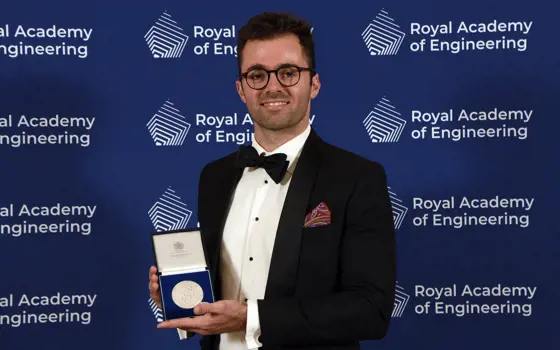
- Health & medical
- Software & computer science
- How I got here
Q&A: Dr Harrison Steel
Dr Harrison Steele credits his beginnings in engineering to smashing up an old printer, aged four, to investigate the electronic wonders within. Today, he’s an associate professor at the University of Oxford developing biotechnology-based solutions to challenges in biomedicine and the climate crisis.
Quick read
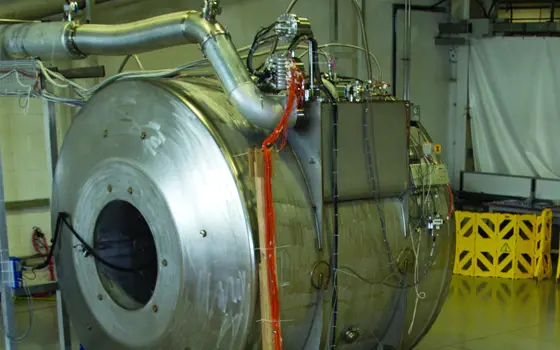
- Health & medical
- Technology & robotics
- Innovation Watch
- Issue 67
Improving access to the gold standard of MRI scanning
Siemens Magnet Technology (SMT), an Oxfordshire-based subsidiary of Siemens Healthcare UK, has developed the first 7 Tesla magnetic resonance imaging (MRI) magnet suitable for clinical applications.
Quick read
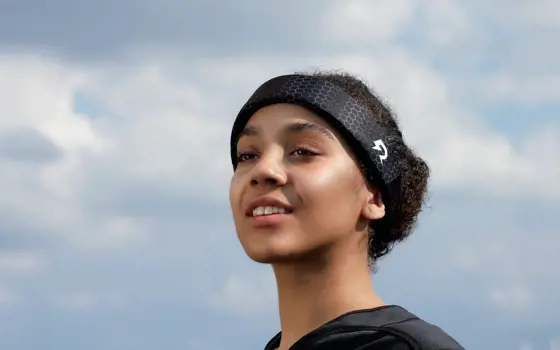
- Health & medical
- Sports & leisure
- Innovation Watch
The headband reducing the risk of brain injury
Halos is a sports headband for concussion and sub-concussion protection, which will benefit people playing in sports where head impacts occur, such as football, rugby, and hockey.
Quick read
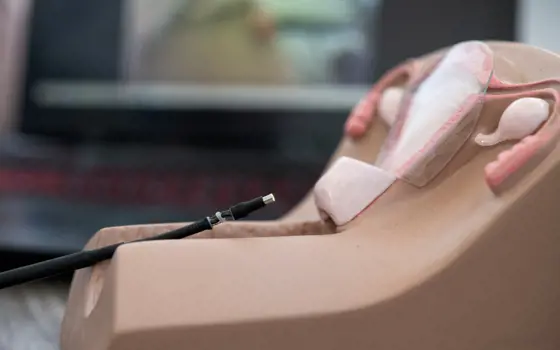
- Health & medical
- Innovation Watch
- Issue 97
Making vital diagnostics more accessible
Delayed access to hysteroscopies in South Africa is causing patients unnecessary distress and health risks. With a new medical device, Cape Town-based startup FlexiGyn is working to make the procedure mobile, affordable and pain-free.
Quick read
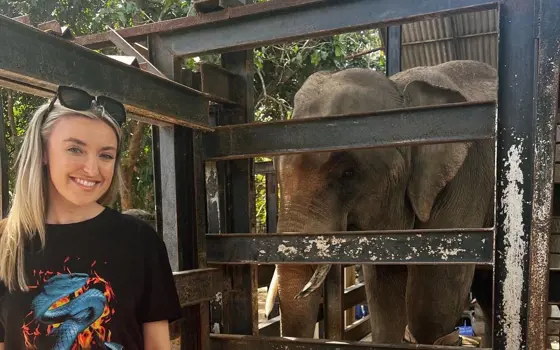
- Health & medical
- How I got here
5 things I learned on my biomedical engineering journey
Kirsty Carlyle wanted a career that would make a difference. She married her love of physics and design with her interest in medicine to become a biomedical engineer, and is now doing a PhD in partial hand prosthetics. Kirsty shared five things she’s learned along the way.
Quick read

- Design & manufacturing
- Health & medical
- Innovation Watch
- Issue 95
Making prosthetics without compromise
Prosthetics for upper limb differences often involve a choice between something user-friendly and affordable, or aesthetically pleasing. University of Strathclyde-based startup Metacarpal is trying to bring all three elements together with a new body-powered prosthetic hand.
Quick read
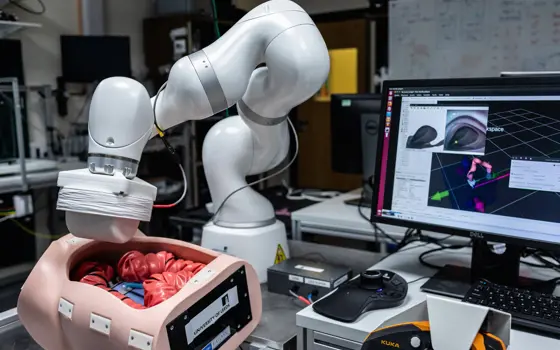
- Health & medical
- Technology & robotics
- Innovation Watch
- Issue 94
Perfecting pain-free colonoscopies
Researchers are developing magnetically guided robotic instruments to make colonoscopies less painful for patients.
Quick read
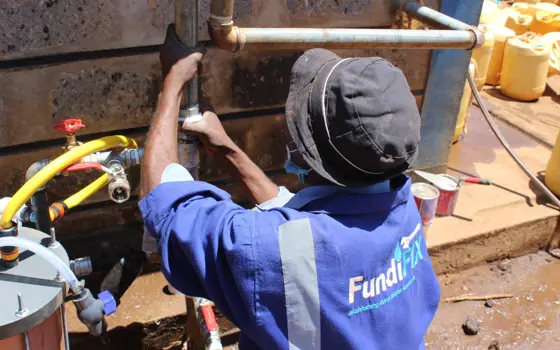
- Civil & structural
- Health & medical
- Innovation Watch
The startup purifying water in partnership with low-income communities
Access to clean water is a fundamental human need, yet hundreds of millions worldwide go without it. Cambridge-based social enterprise Blue Tap has one solution – a low-cost device that purifies water by precisely injecting chlorine into a local water supply.
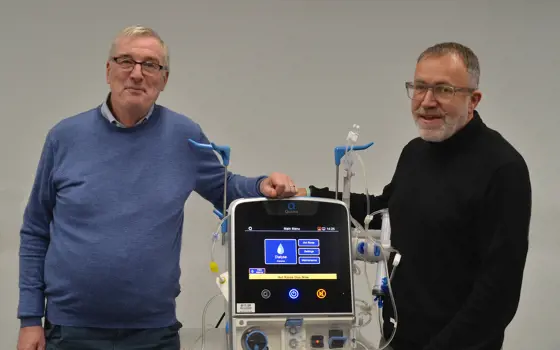
- Health & medical
- Profiles
- Issue 93
The journey to portable dialysis
Professor Clive Buckberry FREng believes that successful engineering needs an injection of artistic thinking, along with a dose of physics and the ability to use pictures to make a point.
Quick read
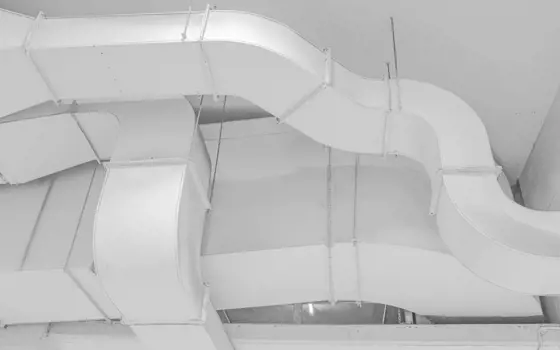
- Civil & structural
- Health & medical
- Opinion
- Issue 90
Better buildings need a breath of fresh air
Post-COVID-19, how do we stay safe in winter without throwing open all the windows and cranking up the radiators to max?

- Health & medical
- Issue 90
Could organ-on-a-chip technology replace animal testing?
Move over, humble Petri dish. Bioengineers are taking inspiration from electronics manufacturing to make more realistic environments to test new drugs in.
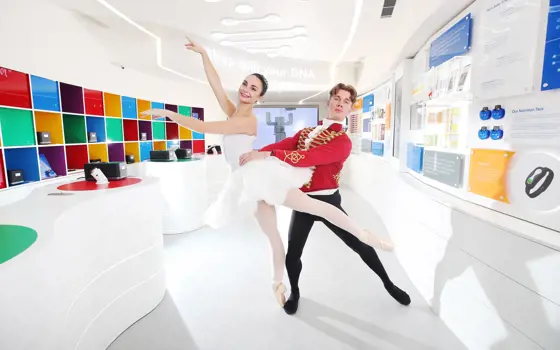
- Health & medical
- Issue 90
How lab-on-a-chip tech brought rapid genetic testing to the public
A technology pivot accelerated the return of the Royal Ballet and other cultural institutions during the height of the pandemic, thanks to rapid DNA-turned-COVID-19 testing.
Quick read
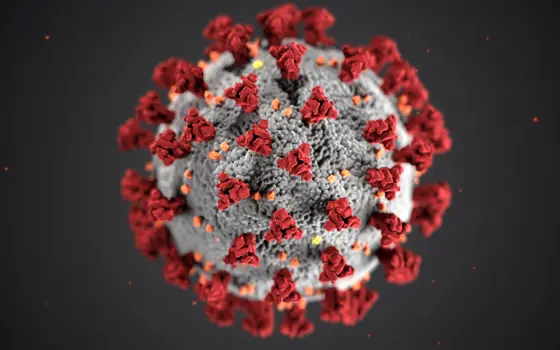
- Chemical
- Health & medical
- How does that work?
- Issue 89
Wastewater epidemiology
Sampling and testing of wastewater is helping governments across the world to track COVID-19 infections on a large scale.
Quick read
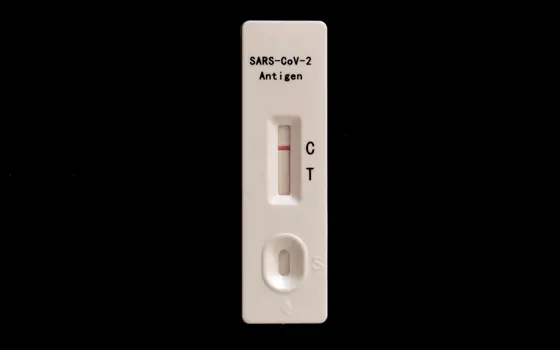
- Health & medical
- Design & manufacturing
- How does that work?
- Issue 87
Lateral flow tests
During the pandemic, millions of people took lateral flow tests every week to detect COVID-19, enabling them to get a result in just 15 minutes.
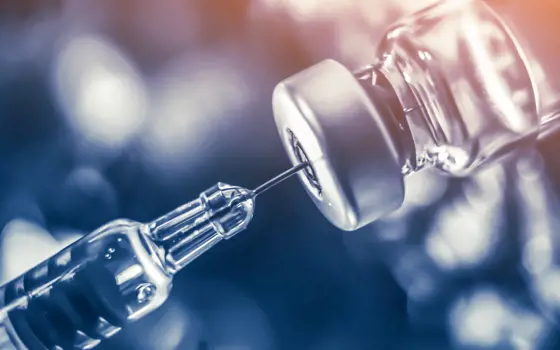
- Health & medical
- Issue 85
Delivering fast-track COVID-19 vaccines
The COVID-19 pandemic has compressed timelines as groups around the world race to come up with a vaccine. Typically it can take up to a decade to develop, so what were the engineering challenges of manufacturing and supplying a COVID-19 vaccine?
Quick read
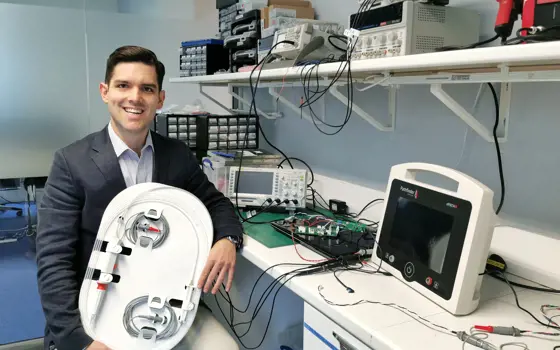
- Health & medical
- Innovation Watch
- Issue 84
Reducing surgeries for dialysis patients
Pathfinder Medical has invented a minimally invasive catheter guidance technology that will improve clinical outcomes for patients across the globe.
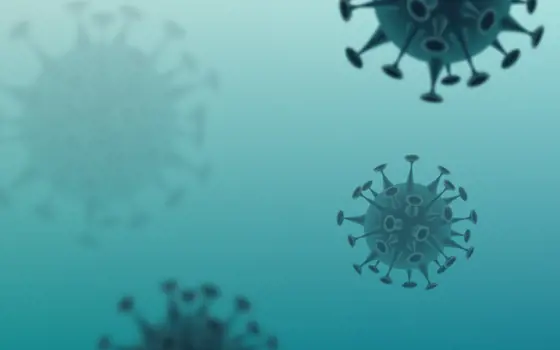
- Mechanical
- Health & medical
- Issue 83
Responding to a global pandemic with ventilators and PPE
The COVID-19 pandemic has changed the world. Rachel Jones highlights examples around ventilators and PPE to showcase the different ways the engineering community has responded to the crisis.
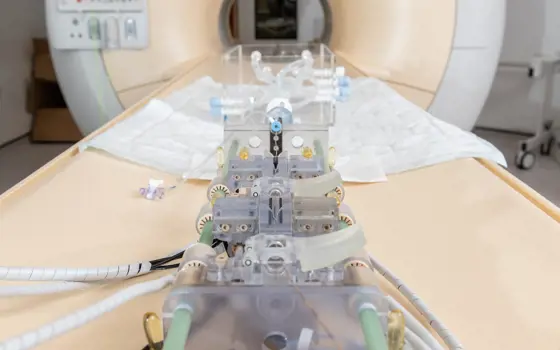
- Technology & robotics
- Health & medical
- Issue 83
Robotic assistance in surgery operating theatres
Robotic systems are increasingly in use in hospital settings. Examples of engineers providing high-tech support to surgeons include in augmented reality, holding organs in place and robotic devices for endovascular interventions.
Quick read
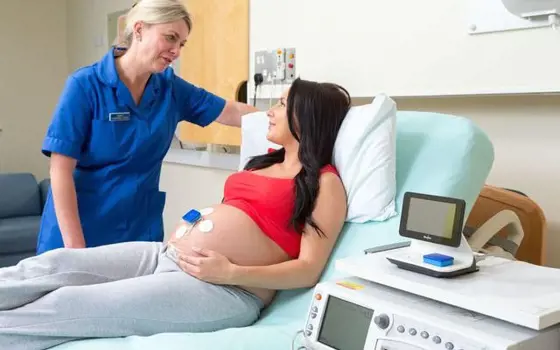
- Health & medical
- Innovation Watch
- Issue 82
Wireless foetal monitor
The Monica Novii wireless patch system is a wearable device for women in labour that continuously monitors the baby’s heartbeat. It has won many obstetric and engineering awards, including the Campbell Mitchell Award from the Royal Academy of Engineering.
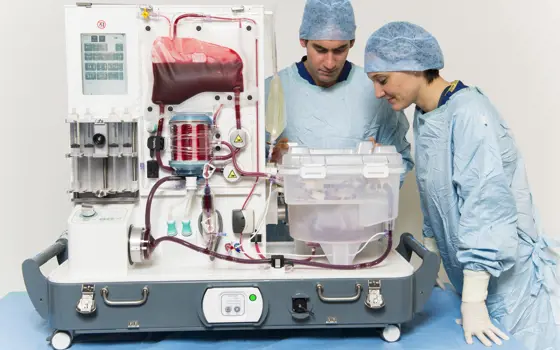
- Health & medical
- Issue 81
Keeping transplant livers alive
The OrganOx metra® is the world’s first fully automated system for keeping a human donor liver functioning for up to 24 hours outside the body. The invention breaks with 40 years of traditional organ preservation in ice, doubling the length of time that donor organs can be preserved before transplantation.
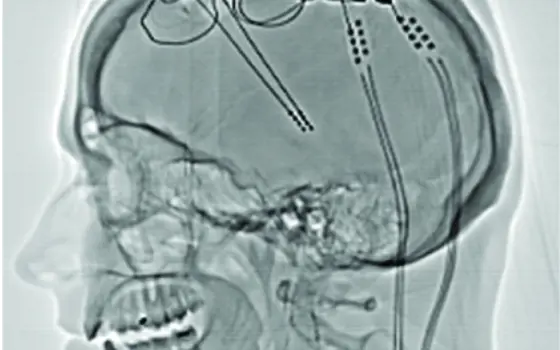
- Health & medical
- Issue 80
Bioelectronic devices to treat neurological disorders
Cochlear implants and heart pacemakers have drastically improved the lives of many people. The engineering behind implantable medical devices as digital technologies and miniaturisation promise to deliver new therapies and help us understand how the nervous system works.
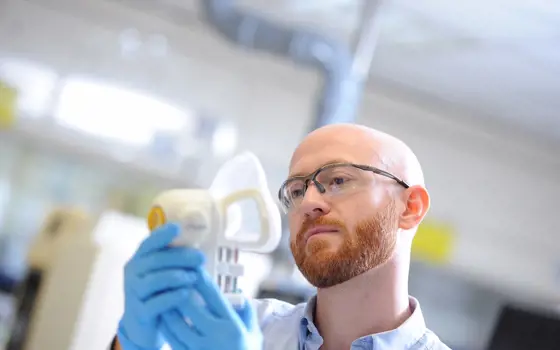
- Health & medical
- Issue 77
An easier way to diagnose disease
A breathalyser that can save lives and money won the 2018 MacRobert Award. Breath Biopsy®, the chemical analysis of volatile compounds in exhaled breath, lies behind this innovative approach to medical diagnosis. The technology is being used to collect and analyse breath samples on a wider scale.
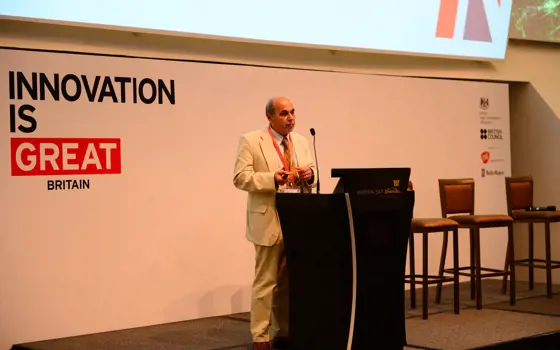
- Health & medical
- Profiles
- Issue 77
Developing the first integrated prosthetic leg
Professor Sir Saeed Zahedi OBE RDI FREng combined his interest in mechanical engineering and medicine when biomedical engineering only had a few research groups. He is now Chief Technology Officer and Technical Director of the Blatchford Group, running a team that developed the first integrated prosthetic leg.
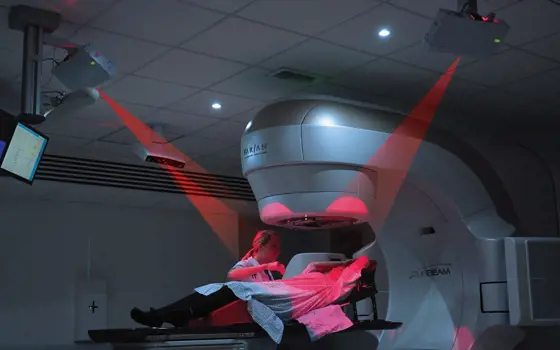
- Health & medical
- Issue 73
Accurate targeting of tumours
Radiotherapy allows doctors to shrink tumours that cannot be surgically removed but there is a risk of damage to healthy tissue if the patient moves. Vision RT accurately tracks a patient’s position before and during treatment.

- Health & medical
- Profiles
- Issue 73
A talent for bursting bubbles
Creatures of all sizes, from bacteria to whales, have shaped Professor Timothy Leighton FREng FRS FMedSci' career. It started where he began to research the physics of sound in water and then an invention to clean medical devices brought him into antimicrobial and antibiotic resistance.
Quick read
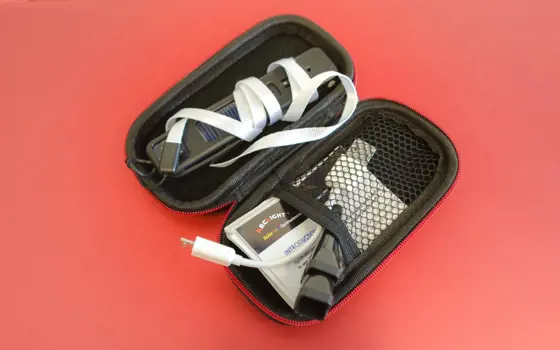
- Health & medical
- Innovation Watch
- Issue 72
The affordable diagnostic tool saving sight in low-income countries
Arclight, a low-cost, solar-powered diagnostic eye-care tool, is being used by thousands of health workers in low-income countries to identify preventable sight loss conditions.
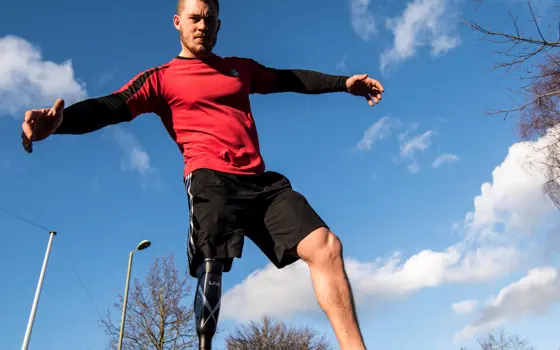
- Health & medical
- Design & manufacturing
- Issue 68
Intelligent prosthetics
Prosthetic limbs can help many amputees regain independence and mobility. The Linx limb system, winner of the 2016 MacRobert Award, developed by Blatchford, has smart robotics that constantly monitor and adapt to movement, making walking and movement more natural for lower-leg amputees.
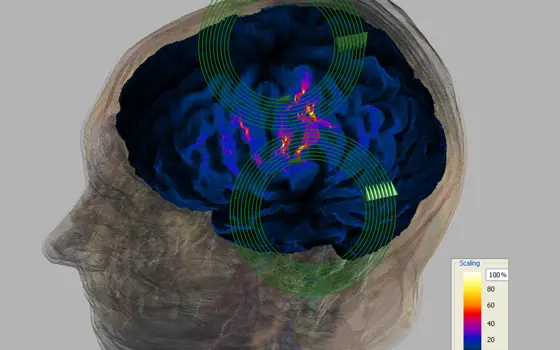
- Health & medical
- Issue 66
Transcranial magnetic stimulation
Magnetic stimulation, especially of specific regions of the brain, has added greatly to the understanding of normal brain function and is being increasingly used to stimulate nerves for therapy. Mike Polson, Engineering Director of Magstim Company Ltd, talks about the history and potential of transcranial magnetic stimulation.
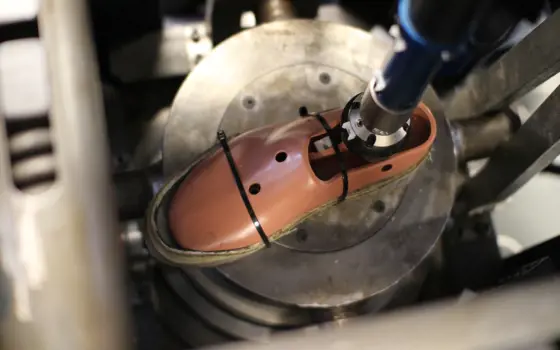
- Health & medical
- Issue 65
Blast mitigation and injury treatment
The Royal British Legion Centre for Blast Injury Studies is a world-renowned research facility based at Imperial College London. Its director, Professor Anthony Bull FREng, explains how a multidisciplinary team is helping protect, treat and rehabilitate people who are exposed to explosive forces.
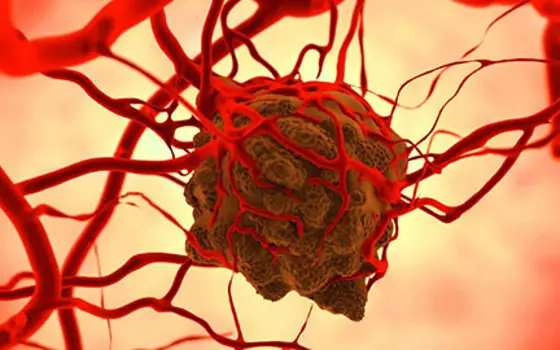
- Health & medical
- Issue 65
Targeting cancers with magnetism
Cambridge-based Endomag has helped treat more than 6,000 breast cancer patients across 20 countries. The MacRobert finalist uses magnetic fields to power diagnostic and therapeutic devices. Find about the challenges that surround the development and acceptance of medical innovations.

- Health & medical
- Issue 63
Engineering polymath wins major award
The 2015 Queen Elizabeth Prize for Engineering has been awarded to the ground-breaking chemical engineer Dr Robert Langer FREng for his revolutionary advances and leadership in engineering at the interface between chemistry and medicine.
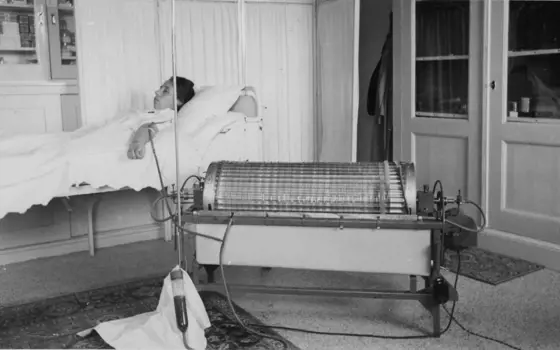
- Health & medical
- Issue 62
Kidney dialysis
Small haemodialysis machines have been developed that will allow more people to treat themselves at home. The SC+ system that has been developed is lighter, smaller and easier to use than existing machines.